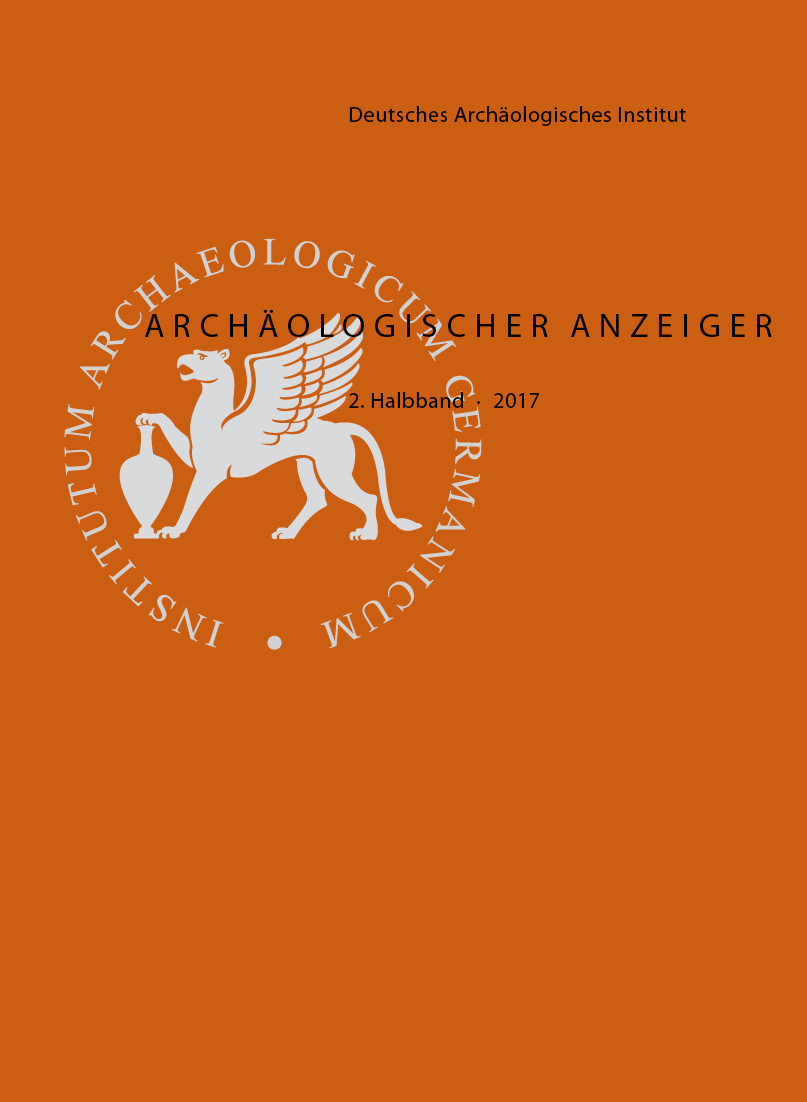A Ram for Ammon. Early Evidence of Greek Votive Practice at the Libyan Oasis Siwa
https://doi.org/10.34780/a1lh-sd6h
Abstract
The early period of the Libyan oasis Siwa, contemporaneous to the Archaic and Classical ages of Greece, is relatively unknown and not yet sufficiently explored. So, until now it has only been conjecture that a lively cultural exchange already took place during the seventh century B.C., while for the sixth century B.C. the application of Greek architectural knowledge to the building of the oracular temple of Ammon at Siwa can be confirmed. Nonetheless, the conjecture has always lacked local evidence of religiously motivated visits by Greeks before the fifth century B.C. The gap in our knowledge is about to be filled by reappraisal of the marble statuette of a reclining ram that was brought by the explorer Gerhard Rohlfs from Siwa to Berlin in 1869. The sculpture is an imported votive offering dating to the end of the sixth century B.C. It can be compared to other pre-Hellenistic evidence of the adoption of Egyptian religious habits and iconographies by Greeks.


